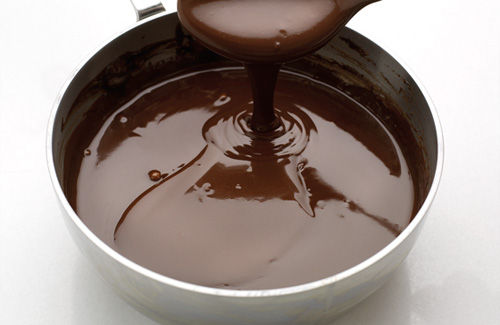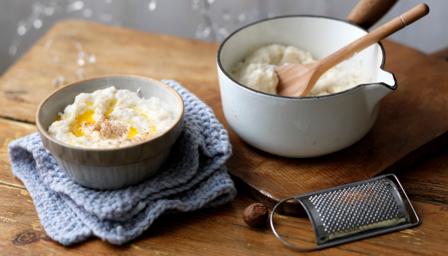How to make Rich Chocolate Sauce using Goat Milk – Popular Gourmet Sauce Recipe

You can serve the rich warm chocolate sauce over ice cream, meringues or poached pears. With less than 30 minutes preparation time and 10 to 30 minutes cooking time. The recipe can serves 4
Ingredients:
- 6 fluid oz goat milk
- 7oz good-quality dark chocolate, minimum 70 per cent cocoa solids, chopped
- 2 tbsp double cream
- 1¼oz superfine sugar
- 1¼oz chilled butter, cut into cubes
Directions:
- Bring a little water to the boil in a pan, then reduce the heat until the water is simmering. Suspend a heatproof bowl over the water – do not allow the base of the bowl to touch the water. Add the chocolate and melt slowly, stirring occasionally, until very smooth. Remove the bowl from the heat.
- Bring the milk, cream and sugar to the boil in a saucepan over a medium heat, whisking continuously.
- Pour the boiling cream mixture over the melted chocolate, whisking continuously until the mixture is smooth and well combined.
- Return the chocolate and cream mixture to the pan and heat until just simmering, stirring continuously. Allow to bubble over the heat for a few seconds, then turn off the heat and whisk in the butter, a cube at a time, until the sauce is smooth and glossy and all the butter has melted.
- Strain the chocolate sauce through a fine sieve, then serve immediately.
Serve the rich warm chocolate sauce over Ice cream
*Nutritional facts: The Rich Chocolate sauce contains 178.4 Calories; – Protein 1.4g 3% DV, Carbohydrates 45.4g 15% DV, Fat 1g 2% DV and Sodium 1.5mg.
More related topic topic for you;

More Best Gourmet Recipes for you. Click to view the details!




